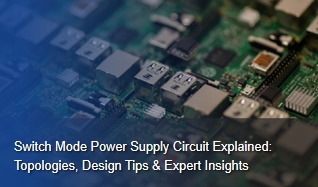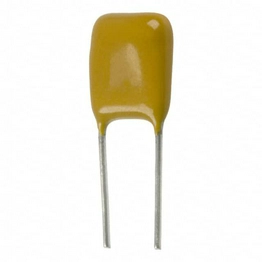Rectifier Diodes vs. Bridge Rectifier Diodes: Which One Should You Use?
When designing electronic circuits, choosing the right type of diode is crucial for ensuring optimal performance. Among the various types of DIODES, rectifier diodes/bridge rectifier diodes are two commonly used options. Understanding their differences, advantages, and applications will help you make an informed decision for your project.
What Are Rectifier Diodes?
Rectifier diodes are semiconductor devices that allow current to flow in one direction while blocking it in the opposite direction. They are primarily used to convert alternating current (AC) to direct current (DC) in power supply applications. A typical application of rectifier diodes includes power supply circuits where efficient conversion is necessary.
Key Features:Current Handling: Rectifier diodes can handle a wide range of current ratings, making them versatile for various applications.Voltage Ratings: They come in different voltage ratings, allowing you to choose one that suits your circuit’s requirements.
What Are Bridge Rectifier Diodes?
Bridge rectifier diodes, on the other hand, consist of four diodes arranged in a bridge configuration. This setup allows the conversion of AC to DC without requiring a center-tapped transformer, making it a popular choice for power supply circuits.
How It Works:In a bridge rectifier, two diodes conduct during the positive half-cycle of the AC input, while the other two conduct during the negative half-cycle. This arrangement effectively converts the AC input into a pulsating DC output.
Rectifier Diodes vs. Bridge Rectifier Diodes
EfficiencyRectifier Diodes: Simple and effective for low-power applications.Bridge Rectifier Diodes: More efficient for applications requiring higher current due to their ability to utilize both halves of the AC waveform.
ComplexityRectifier Diodes: Easier to implement, with fewer components.Bridge Rectifier Diodes: More complex due to the need for four diodes, but this complexity allows for better performance in specific applications.
Space RequirementsRectifier Diodes: Typically require less space on a PCB.Bridge Rectifier Diodes: Occupy more space due to the additional components, though integrated bridge rectifiers are available that minimize space usage.
Rectifier Diodes/Bridge Rectifier Diodes ApplicationsRectifier Diodes: Best for applications with simple power conversion needs.Bridge Rectifier Diodes: Ideal for high-power applications where efficient AC to DC conversion is necessary, such as in power supplies and chargers.
Choosing the Right Diode
When deciding between rectifier diodes and bridge rectifier diodes, consider the following:Power Requirements: If your application involves high power, a bridge rectifier is likely more suitable.
Space Constraints: For compact designs, a single rectifier diode may be the better choice.
Cost Factors: Evaluate the cost implications, as bridge rectifiers may be slightly more expensive due to the additional diodes.
Rectifier Diodes/Bridge Rectifier Diodes Recommended Brands and Where to Buy
When it comes to high-quality Rectifier Diodes and Bridge Rectifier Diodes, several reputable brands stand out for their performance, reliability, and technological advancements. Here’s a closer look at each of these brands and the offerings they provide.
1. Alliance SensorsOverview: Alliance Sensors is renowned for its innovative sensor solutions and electronic components, including rectifier diodes. The company focuses on providing high-performance products that meet stringent industry standards.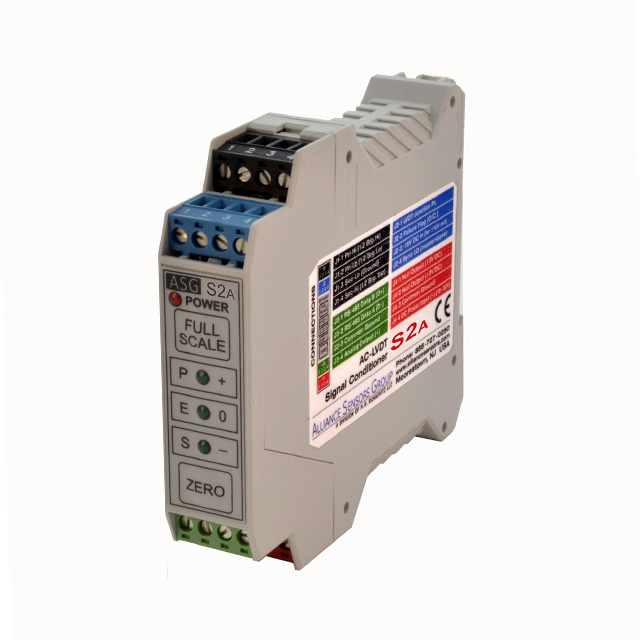 Rectifier Diodes and Bridge Rectifier Diodes: Alliance Sensors offers a range of rectifier diodes designed for both general-purpose and specialized applications. Their products are known for:High Efficiency: Minimizing power loss during conversion.Robust Design: Suitable for harsh environmental conditions, making them ideal for industrial applications.Applications: Typical applications for Alliance Sensors diodes include power supplies, industrial automation, and automotive systems, ensuring reliable performance in critical operations.
Rectifier Diodes and Bridge Rectifier Diodes: Alliance Sensors offers a range of rectifier diodes designed for both general-purpose and specialized applications. Their products are known for:High Efficiency: Minimizing power loss during conversion.Robust Design: Suitable for harsh environmental conditions, making them ideal for industrial applications.Applications: Typical applications for Alliance Sensors diodes include power supplies, industrial automation, and automotive systems, ensuring reliable performance in critical operations.
2. Sensata TechnologiesOverview: Sensata Technologies is a global leader in sensing and electrical protection solutions, producing a wide variety of electronic components, including rectifier diodes.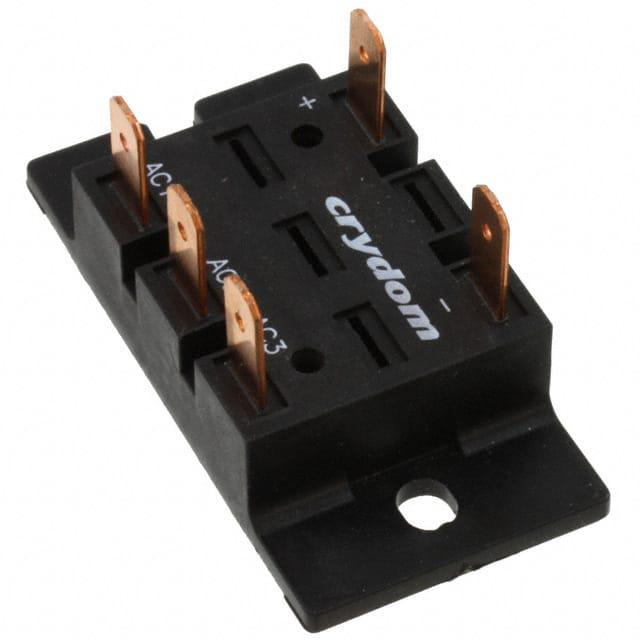 Rectifier Diodes and Bridge Rectifier Diodes: Sensata’s offerings in rectifier technology include:High-Current Ratings: Ideal for applications requiring substantial power handling.Thermal Stability: Engineered to withstand varying temperature conditions, ensuring long-term reliability.Applications: Sensata’s diodes are commonly used in automotive applications, renewable energy systems, and consumer electronics, providing essential performance in power management and control.
Rectifier Diodes and Bridge Rectifier Diodes: Sensata’s offerings in rectifier technology include:High-Current Ratings: Ideal for applications requiring substantial power handling.Thermal Stability: Engineered to withstand varying temperature conditions, ensuring long-term reliability.Applications: Sensata’s diodes are commonly used in automotive applications, renewable energy systems, and consumer electronics, providing essential performance in power management and control.
3. Vishay IntertechnologyOverview: Vishay Intertechnology is one of the largest manufacturers of discrete semiconductors and passive electronic components, including rectifier diodes. The company is recognized for its extensive product range and commitment to quality.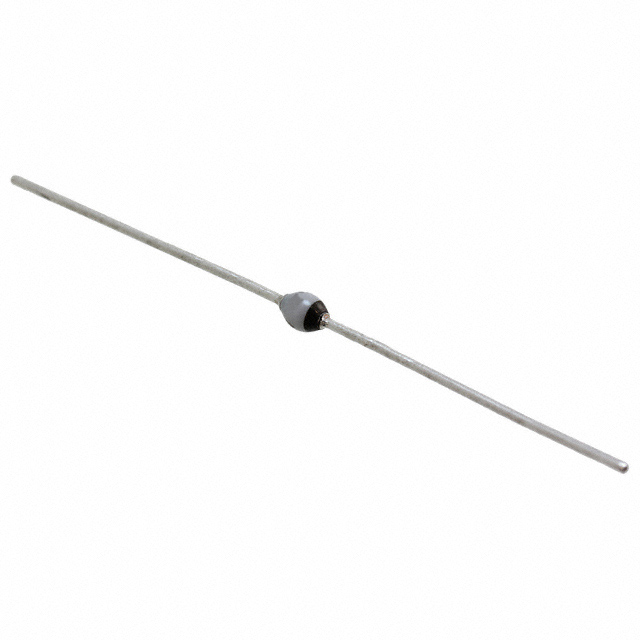 Rectifier Diodes and Bridge Rectifier Diodes: Vishay offers a comprehensive selection of rectifier diodes and bridge rectifier diodes characterized by:Wide Voltage Range: Suitable for various voltage requirements, from low to high power applications.Integrated Solutions: Vishay’s bridge rectifier diodes often come as integrated solutions, simplifying design processes.
Rectifier Diodes and Bridge Rectifier Diodes: Vishay offers a comprehensive selection of rectifier diodes and bridge rectifier diodes characterized by:Wide Voltage Range: Suitable for various voltage requirements, from low to high power applications.Integrated Solutions: Vishay’s bridge rectifier diodes often come as integrated solutions, simplifying design processes.
Applications: Their products are widely used in consumer electronics, industrial power supplies, and telecommunications, ensuring reliable operation across diverse sectors.
Where to Purchase
unikeyic Electronics is a trusted distributor offering a variety of rectifier diodes and bridge rectifier diodes from these leading brands. Their extensive inventory ensures that you can find the right components for your electronic projects.
Explore their offerings at Unikeyic Electronics to find the perfect diodes for your needs.
Conclusion
In conclusion, both rectifier diodes and bridge rectifier diodes have their unique advantages and applications. By understanding their differences, you can make an informed decision that best fits your project's requirements.
FAQ
1. What is the main function of rectifier diodes? Rectifier diodes convert AC to DC by allowing current to flow in one direction.
2. Why use a bridge rectifier instead of a single rectifier diode? A bridge rectifier efficiently uses both halves of the AC waveform, providing a more consistent DC output.
3. Can I use rectifier diodes in high-power applications? While they can be used in high-power applications, bridge rectifiers are often preferred due to their efficiency.
4. How do I choose the right diode for my project? Consider factors such as power requirements, space constraints, and cost when selecting a diode.
5. Where can I purchase rectifier diodes and bridge rectifier diodes? You can purchase these components from distributors like Unikeyic Electronics, which offers a variety of brands and products.
Recommended articles related to this topic:
Can TVS diodes and ESD diodes be interchanged? Unikeyic, come and educate!



